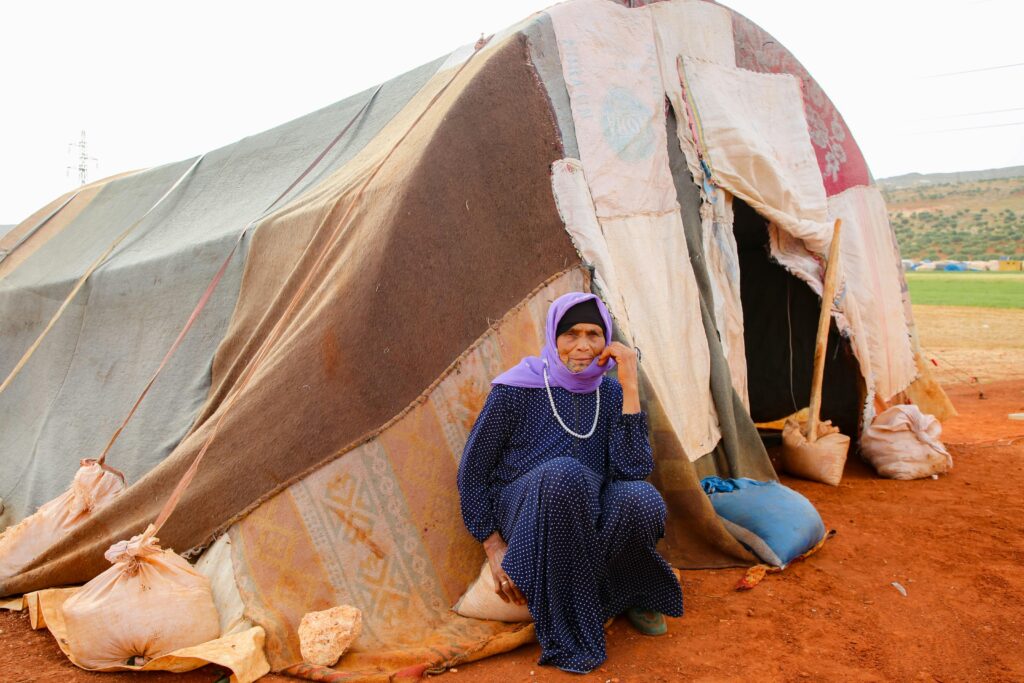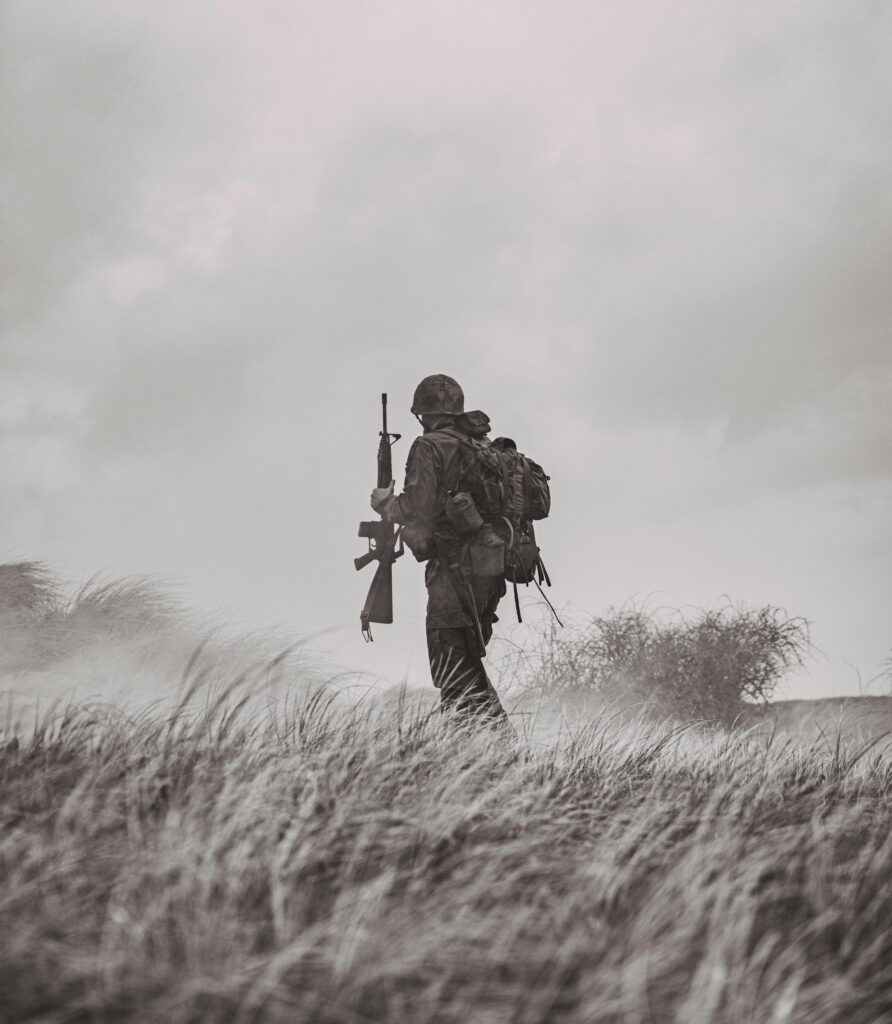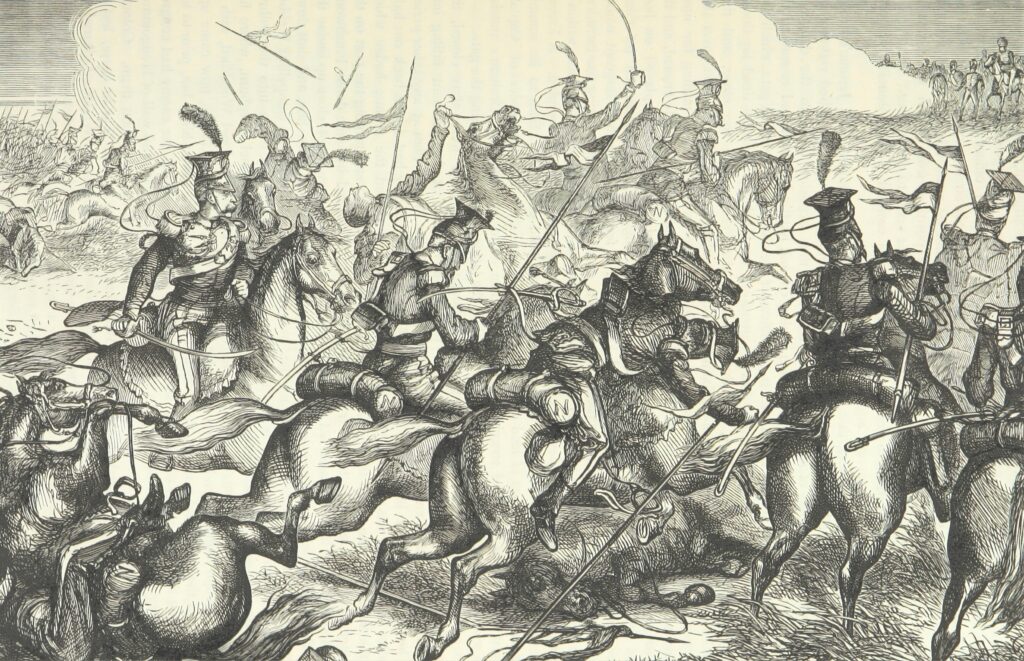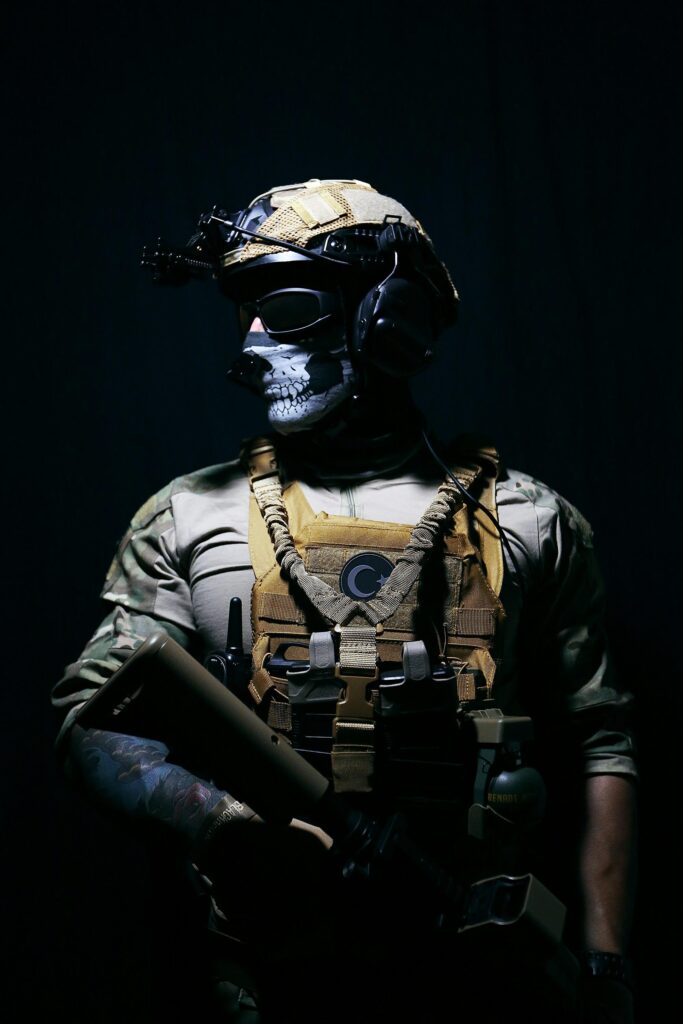When a seemingly minor incident has the power to ignite a full-scale conflict, history takes notice. Such was the case in the curious and often overlooked episode known as “The War of the Stray Dog.” This brief but telling skirmish in the early 20th century offers a fascinating glimpse into the volatility of international relations and the profound consequences that can arise from unexpected moments. In this article, we’ll delve into the origins, key events, and lasting impact of the War of the Stray Dog—providing a concise yet comprehensive overview for history enthusiasts and casual readers alike.
Table of Contents
- Origins and Background of the War of the Stray Dog
- Key Events and Turning Points in the Conflict
- Analyzing the Impact on Regional Stability and Diplomacy
- Lessons Learned and Recommendations for Conflict Resolution
- Future Outlook
Origins and Background of the War of the Stray Dog
In 1925, a seemingly trivial incident involving a stray dog spiraled into a brief but intense military conflict between Greece and Bulgaria. The friction in the region had been mounting due to longstanding territorial disputes and nationalistic tensions following the aftermath of World War I. The border areas, rife with cultural and political sensitivities, became fertile ground for misunderstandings and provocations. When a Greek soldier crossed into Bulgarian territory chasing after a loose dog, the resulting skirmish sparked outrage, leading both nations to mobilize their armies along the border.
Underlying causes for this unexpected clash include:
- Unresolved border demarcations post-Treaty of Neuilly
- Mutual distrust fueled by previous conflicts in the Balkans
- Heightened nationalism and propaganda efforts on both sides
Though sparked by a minor event, the conflict reflected deeper geopolitical struggles in Southeast Europe, illustrating how fragile peace was in the interwar period. The War of the Stray Dog remains a compelling example of how small sparks can ignite larger fires in tense political landscapes.
Key Events and Turning Points in the Conflict
One of the most defining moments came unexpectedly when a stray dog ventured across the border, sparking a chain reaction of military engagements. This seemingly trivial incident escalated swiftly, illustrating how fragile political tensions had become. Initial skirmishes saw rapid troop mobilizations and artillery exchanges, signaling a departure from diplomatic conflict resolution. As the conflict intensified, key strategic locations changed hands multiple times, with battles focusing on control of pivotal border towns and crucial supply routes.
Several turning points shaped the trajectory of the war, including a surprise counteroffensive that disrupted enemy momentum, forcing a temporary ceasefire. Peace talks, however, were short-lived as underlying issues remained unresolved. The confrontation also saw the introduction of new warfare tactics that heightened the stakes and prolonged hostilities. Throughout the conflict, international interventions and sanctions attempted to steer the warring sides toward negotiation, yet the core grievances continued to fuel instability.
- Border Incident: Triggered the initial outbreak of hostilities.
- First Major Battle: Demonstrated the preparedness and resolve of both sides.
- Counteroffensive Maneuver: Temporarily shifted control of key regions.
- Failed Ceasefire Effort: Highlighted deep-rooted tensions preventing peace.
- International Diplomacy: Provided external pressure but limited success.
Analyzing the Impact on Regional Stability and Diplomacy
The conflict, although brief, set significant precedents in regional diplomacy. It exposed the fragility of alliances and the latent tensions that could ignite at any moment. Neighboring countries, watching the situation closely, recalibrated their diplomatic strategies to avoid similar flashpoints. The war underscored the importance of clear communication channels and rapid conflict resolution mechanisms, encouraging leaders to prioritize dialogue over confrontation.
Moreover, this episode prompted a series of strategic realignments, including:
- Enhanced border security protocols to prevent accidental escalations
- Formation of regional peacekeeping coalitions
- Increased diplomatic engagement through multilateral forums
- Renewed emphasis on conflict prevention and early warning systems
These measures contributed to a more nuanced approach to regional stability, emphasizing cooperation over rivalry and embedding lessons learned from the war into long-term foreign policy frameworks.
Lessons Learned and Recommendations for Conflict Resolution
Reflecting on the War of the Stray Dog, it’s evident that communication failures and unchecked tensions can escalate minor incidents into major conflicts. The episode underlines the importance of establishing clear diplomatic channels that allow for quick clarification before misunderstandings spiral out of control. Both countries could have benefited from proactive dialogue and immediate de-escalation tactics, proving that sometimes the smallest triggers reveal underlying vulnerabilities in international relations. Recognizing the power of context and the necessity of transparent negotiations is a critical lesson for any conflict resolution scenario.
For modern peacebuilders and policymakers, several key recommendations emerge from this historical flashpoint:
- Prioritize early engagement: Addressing tensions promptly can prevent the solidification of adversarial stances.
- Encourage mediation by neutral parties: Third-party facilitators often help bridge misunderstanding gaps.
- Invest in cultural and geopolitical awareness: Understanding the underlying narratives that shape national responses reduces misinterpretations.
- Strengthen conflict prevention mechanisms: Developing protocols for rapid response during crises can contain escalation.
- Promote transparency and public communication: Keeping citizens well-informed helps in managing domestic pressures that may fuel conflict.
Future Outlook
In tracing the curious and unexpected origins of the War of the Stray Dog, we uncover more than just a quirky anecdote in Balkan history — we glimpse the fragile nature of international relations where even the smallest incident can spark a conflict. Understanding these moments reminds us of the importance of diplomacy, communication, and the pursuit of peaceful solutions in a world ever on edge. As we reflect on this brief yet telling episode, it’s clear that history often hinges on the most surprising triggers, and it is our responsibility to learn from them to build a more stable future. Thanks for reading, and stay tuned for more deep dives into the events that have shaped our world.












